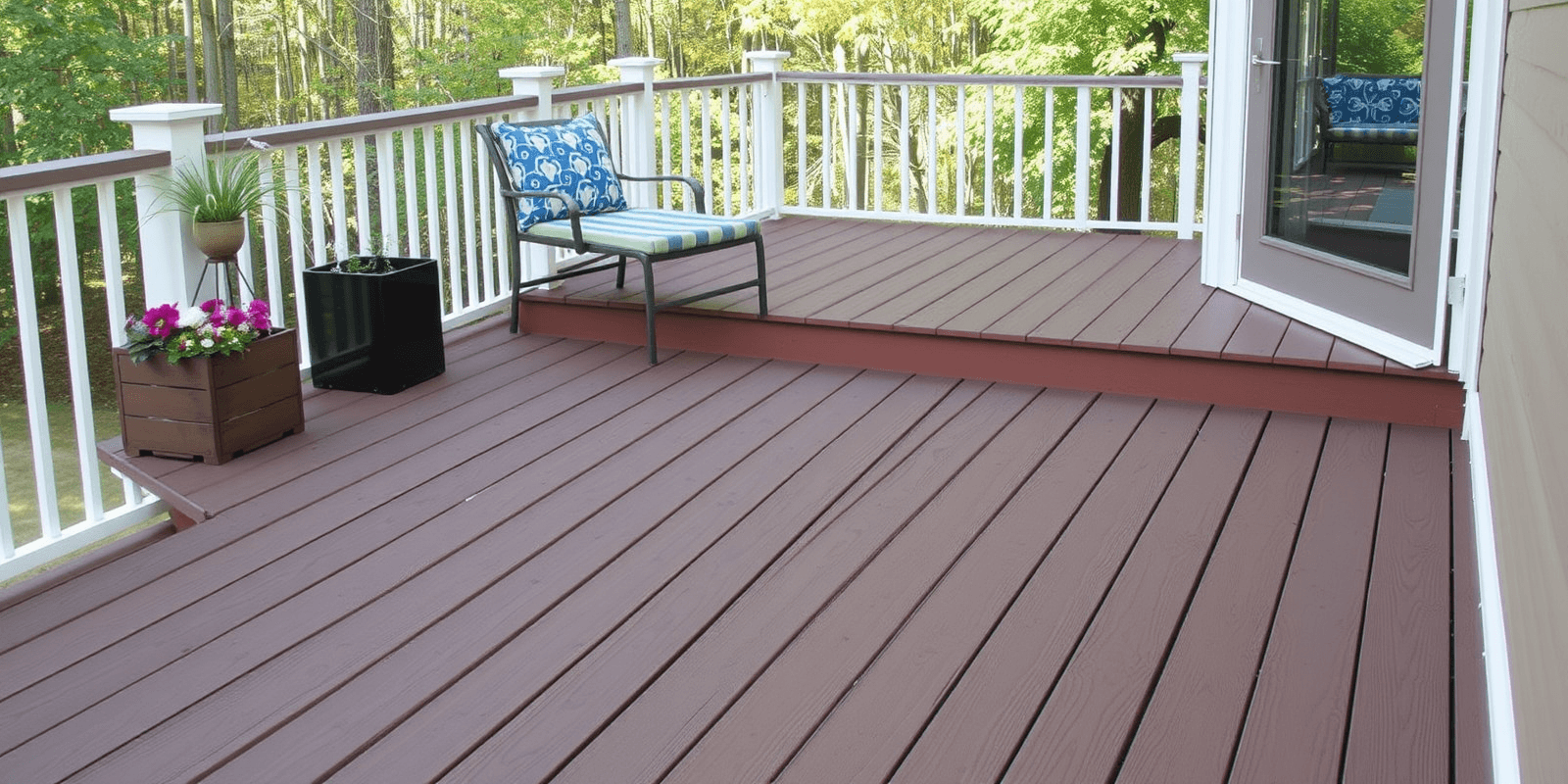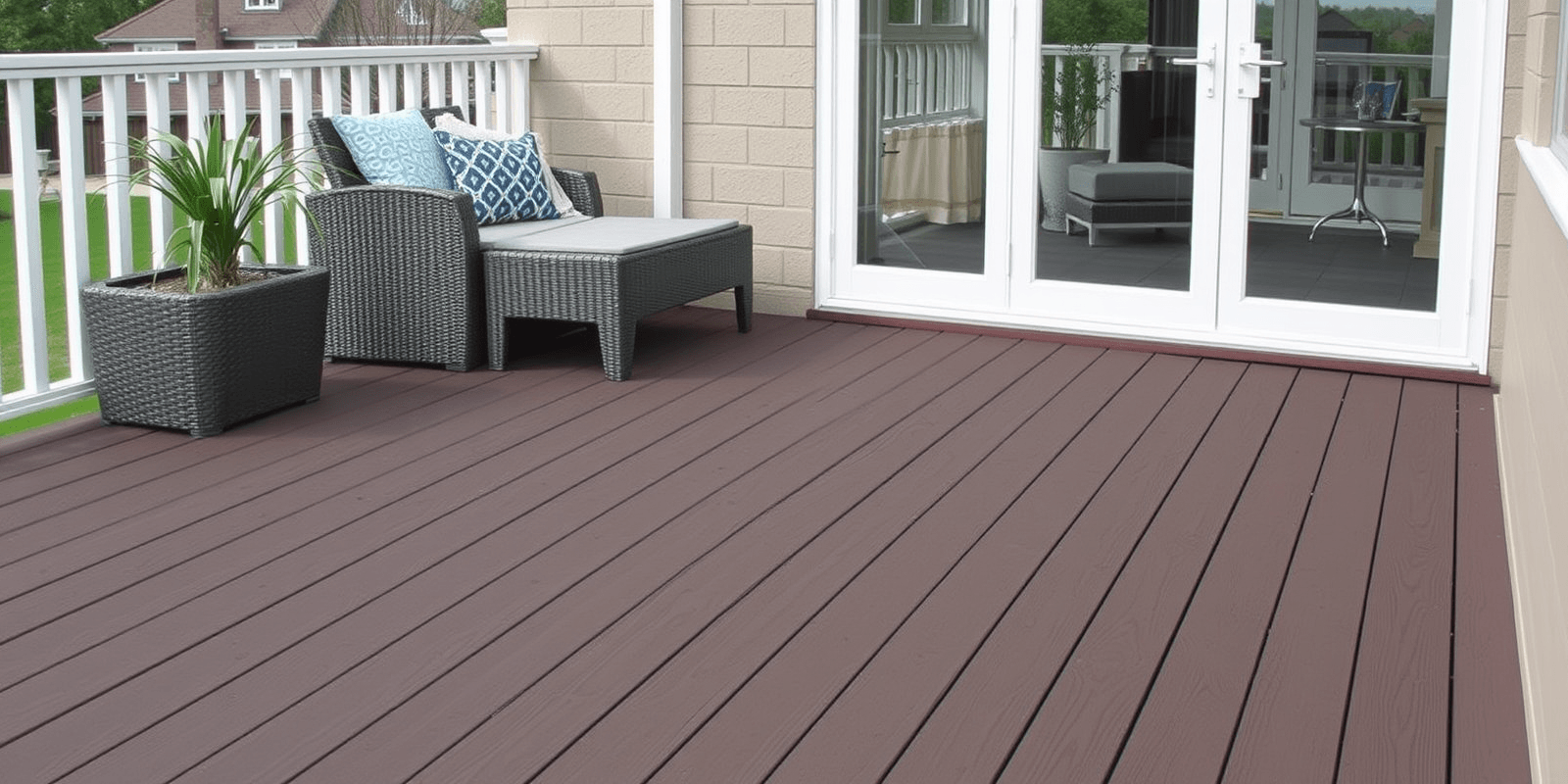The Environmental Benefits of Using Composite Lumber Decking
Introduction
Composite lumber decking has gained significant popularity in recent years as an eco-friendly alternative to traditional wooden decks. This article explores the environmental benefits of using composite lumber decking, including its recycled content, extended lifespan, and reduced need for chemical treatments. Case studies will be highlighted to demonstrate how composite lumber can contribute to a more sustainable building practice.
Recycled Content: A Sustainable Choice
One of the most compelling environmental benefits of composite lumber is its use of recycled materials. According to the Composite Lumber Manufacturers Association (CLMA), many composite lumber products are made from a mix of plastic waste and wood fibers. For instance, Trex, a leading manufacturer of composite decking, uses up to 95% recycled materials in their products, including plastic film and sawdust. By repurposing these materials, composite lumber helps reduce landfill waste and minimizes the demand for new raw materials.
Extended Lifespan: Less Maintenance, More Sustainability
Composite lumber offers a significantly longer lifespan compared to natural wood, which typically requires frequent maintenance and replacement. A study by the University of Minnesota found that composite decks can last up to 50 years with minimal upkeep. This durability reduces the frequency of replacements, thereby lowering the overall environmental impact associated with production, transportation, and disposal of building materials. In contrast, natural wood decks often require staining or painting every few years, which involves the use of potentially harmful chemicals.
Lower Chemical Treatments: Safer for the Environment
Composite lumber’s resistance to rot, insects, and moisture means it requires fewer chemical treatments than natural wood. Traditional wooden decks are often treated with preservatives like chromated copper arsenate (CCA) or alkaline copper quaternary (ACQ) to extend their lifespan, but these chemicals can leach into soil and waterways, posing risks to both human health and the environment. The U.S. Environmental Protection Agency (EPA) recommends avoiding CCA-treated wood for residential use due to potential health hazards. Composite lumber, on the other hand, does not require such treatments, making it a safer choice for the environment.
Case Studies Highlighting the Benefits
A notable example of the successful application of composite lumber is the boardwalk at Cape May, New Jersey. This project utilized over 1 million pounds of recycled materials, diverting waste from landfills and reducing the need for new timber. Another example is the boardwalk at Sandy Hook National Recreation Area in New Jersey, which was rebuilt using composite lumber after being destroyed by Hurricane Sandy. The use of composite materials ensured that the boardwalk would withstand future storms while minimizing environmental impact.
Conclusion
In conclusion, composite lumber decking presents numerous environmental advantages over traditional wooden decks. Its reliance on recycled materials, extended lifespan, and reduced need for chemical treatments make it a more sustainable option for construction projects. As awareness of environmental issues continues to grow, the adoption of composite lumber can play a crucial role in promoting sustainable building practices.
Reference
Composite Lumber Manufacturers Association (CLMA)



